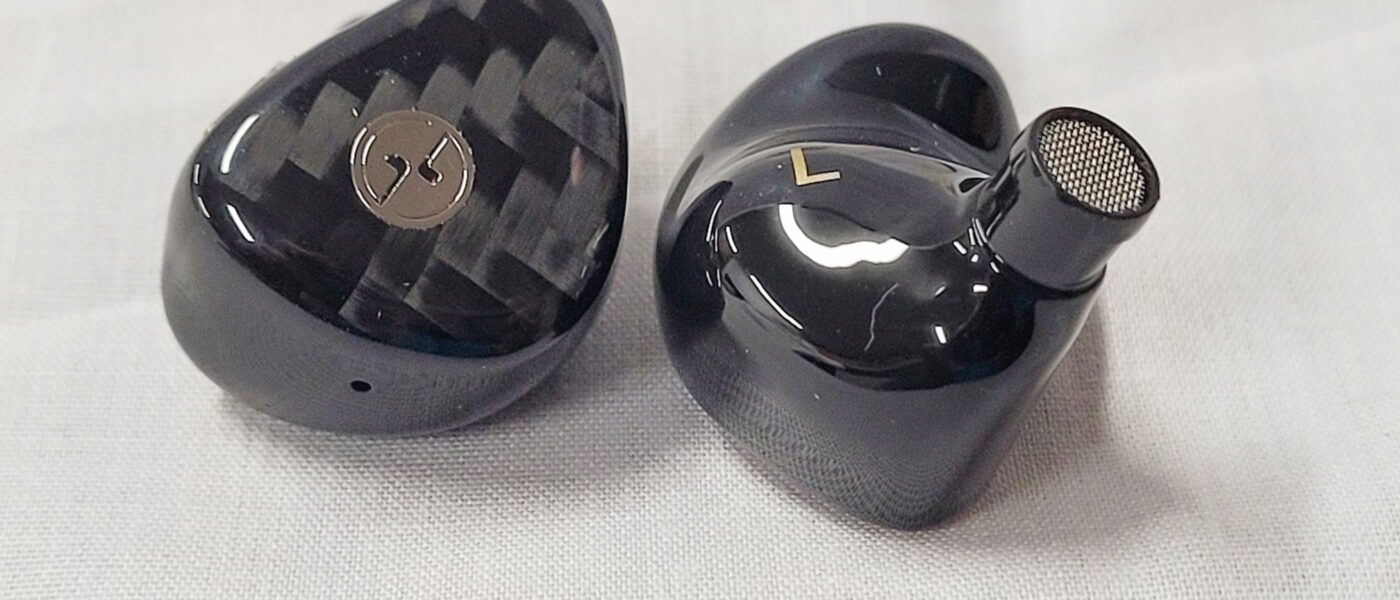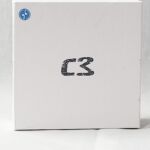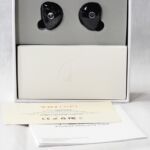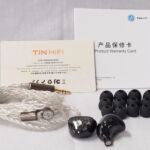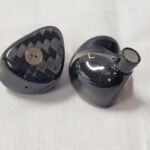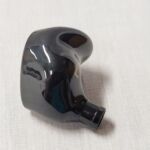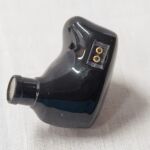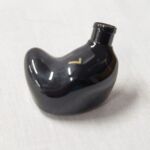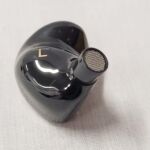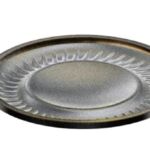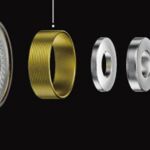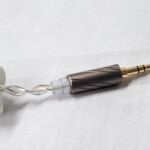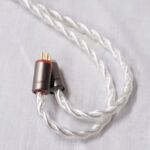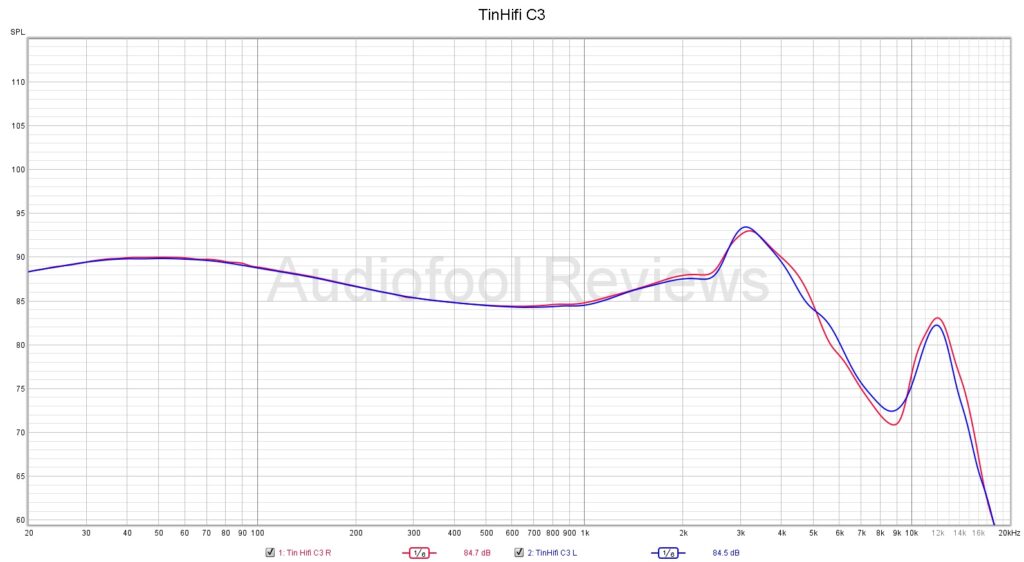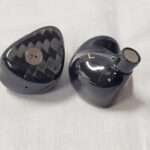Tin Hifi C3
disclaimer: I was approached by a TinHifi representative regarding several recent TinHifi Models. I quickly agreed to review the new C3 along with the T4Plus and C2 Mech Warrior models. I have no financial interests in Awedyo, TinHifi, or any of its distributors and have received no compensation or advice regarding these reviews. If you have an interest in the T4 Plus, please check out their website. To purchase a C3 or other Tin Hifi models, I recommend HifIGO.
Unboxing / Packaging:
TinHifi has a habit of understated packaging and the C3 doesn’t stray from that formula. The box front has the Tin logo in the upper left in blue and C3 centered (in black). The side of the box shows some additional specs in both English and Chinese, but that’s all. No pictures, drawings, or other embellishments on the packaging. Lifting the top reveals the earpieces in foam surround at top and a box at bottom with the accessories tucked neatly inside. The kit consists of the earpieces, cable, velcro tie, four sets of silicone tips, and the warranty card. There is not a case provided but at the $40 retail, it isn’t usually.
Build/Fit:
Tin released the C2 and C3 at nearly the same time and the two share a lot internally but externally they could not be more dissimilar. The C3 uses a 3d printed resin inner shell in a tear-drop style with an integral nozzle. Nozzles have a mild forward rake with a distinct downward component that means these have a deeper insertion depth than expected. The face-plate is a carbon-fiber look cross-hatch with the Tin logo in silver in the center. The earpieces use a 0.78mm bi-pin connector but unlike the C2 it is not recessed and instead sits flush with the shell. There is a single vent on top surface behind the bi-pin connector. Overall size is middle of the pack and all but the smallest ears should find them comfortable. I did find that because of the nozzle angle, my usual mid-sized tips needed to be swapped out for the next larger size in order to get a consistent seal.
Internals:
The C3 shares a lot of technology with its C2 sibling. Both use a 10mm composite diaphragm driver. The diaphragm is made of poly-urethane and liquid crystal polymer with a lightweight CCAW voice-coil and dual N52 magnets. The only difference I could find in the two was the voice-coil is listed as Daikku for the C2 and Kaikoku for the C3 model. Both also share the same 32Ω resistance but sensitivity is slightly different between the two with the C3 listing at 106 dB ±3 with a maximum power handling of 5mW. I found the C3 quite easy to drive regardless of dongle or DAP. The C3 does scale some with higher end sources but most of the improvement it qualitative rather than quantitative as more details are exposed with improved sources.
Cable:
Interestingly the cable hardware looks more like it belongs on the C2 with its gun-metal grey fixtures with machined in spirals. The jack is the straight type with a very short strain relief followed by a 4 wire braid from the jack up to the splitter. The splitter is a matching barrel style followed by a coin style chin-slider and the wires head to the northern termination as two wire twists. the northern end has ear-hooks without memory wire before terminating with 0.78mm bi-pin connectors with matching barrels. Indexing labels on the sides of the housings and the right side having a red designator at the pin junction make it quite easy to index . The cable itself is 4 core silver plated Oxygen free copper in a clear housing and is quite flexible with little or no memory and it did a good job of not transmitting any noise to the earpieces.
Sound:
Bass:
The sub-bass has good presence in the mix and while still not the primary focus of the sound, it has enough rumble to be a good option for bass forward genres like hip-hop, and edm. Mid-bass is moderately emphasized and the driver is a touch slower than some of the other TinHifi Models (T2+, T4) which makes it sound a touch thicker and not quite as clean. There is some mid-bass texture here but don’t expect totl performances as the boost in quantity comes at the expense of a bit of detail. Those who have accused TinHifi of presenting a very bright leaning in ear will appreciate the emphasis in the lows to help balance the overall and it does make it a better listen for pop hits. There is mild mid-bass bleed but not enough to be obstructive.
Mids:
Lower-mids transition fluidly from the mid-bass with no distinct recess or loss of impact. Male vocals have good note weight and timbre and while they are slightly behind higher voices, they don’t sound distant. Guitars have good growl with electric sounding a touch more realistic than acoustic. Piano sounds good as well with enough sustain to sound natural. Strings have good timbre and texture as well. The upper-mids are emphasized mildly with a gradual push beginning at about 1kHz and climbing gracefully up to about 2.5kHz at which point the rise is more pronounced. This gives female vocals a lift but stops short of sounding nasal.
Treble:
The jump as the signature moves into the lower treble provides a bright counterpoint to the mid-bass lift and helps balance the low-end boost. The emphasis drops off again about as quickly as it arrives with a return to baseline levels by about 5kHz and a bit of a recess in the 6-9kHz range before adding some energy back between 10-12kHz to keep the signature from sounding too closed in. The combined lift of the early treble with the decrease above it does limit air at the top and while snare rattle is good, cymbals fall a bit short of realistic as they lack authority. There is little top-end sparkle here and overall the treble could use a touch more energy to really accentuate the details.
Soundstage / Imaging:
The soundstage on the C3 is wider than deep with some sense of height but is not outside the expected for this price point. Instrument separation is above average so seating the orchestra is fairly straight forward even if stage is a bit shallower than normal. Layering is better than I anticipated which helps keep things from thickening as tracks get more complex. Movements around the stage are easily tracked and locations fairly tightly defined in space as well. There is some compression at the low-end of the spectrum that becomes evident as tracks get busier.
Thoughts / Conclusion:
Tin Hifi has built quite a following with the T Series in-ears and the various models have shown up on a lot of best of budget lists, but even at that they generally hover around the $100 mark and there are those who are not a fan of the barrel style so there is room for the new C series models that offer differing materials and a price closer to $50 than $100. The C2 and C3 share a lot internally and give the listener the option of choosing the shell style and fit they prefer while retaining the mildly bright but well balanced overall signature that TinHifi has long been known for. I found the C3 comfortable for long listening sessions and well voiced for popular genres. The C3 has a bit more polite treble than the C2 which is a bit more assertive so those deciding between the C2 and C3 will want to keep that in mind. I enjoyed my time listening to the C3 and think its a strong contender in the $50 price class.
-
Bass - 7/107/10
-
Mids - 7/107/10
-
Treble - 6/106/10
-
Soundstage - 6/106/10
-
Imaging - 6/106/10
Summary
Pros: Good build quality, pleasant tuning, price.
Cons: mid-bass lacks texture of higher-end offerings, treble rolls off fairly early.

